
For more than 50 years, the .30-06 served as the primary small arms round of the U.S. Armed Forces in two world wars, the Korean War and numerous smaller conflicts. No fewer than five rifles chambered for the .30-06 were adopted by one or all of America’s service branches. These were several versions of ’03 Springfields, U.S. Model 1917s, M1 Garands, Model 1941 Johnsons and Model 1918A2 Browning Automatic Rifles (BAR). Besides rifles, serving alongside American troops were several types of .30-06 crew served machine guns. Most prominent among infantry troops were variations of water-cooled Browning Model 1917s and air-cooled Model 1919s. The U.S. Navy and Coast Guard even bought a number of .30-06 Lewis Machine Guns that are instantly recognizable by their top mounted rotary magazines. (The only U. S. Coast Guardsman to win the Medal of Honor in World War II was fighting with a .30-06 Lewis Gun.)
When introduced, the official name was “Ball Cartridge, Caliber .30, Model of 1906.” That lengthy title makes it obvious why .30-06 became its shortened, albeit unofficial, moniker. As introduced, military ammunition carried 150-grain flatbase FMJ spitzers. Velocity was 2,700 fps from the 24-inch barrels of Springfield Model 1903 rifles. During the interwar years, the standard load was changed to a 174-grain FMJ boat-tail bullet at 2,640 fps. This was the M1 Ball and was developed to increase the cartridge’s range when used in unaimed machine gun barrages. (Exact velocities given for .30-06 military loads differ by source.)
This story is from the September - October 2020 edition of Rifle.
Start your 7-day Magzter GOLD free trial to access thousands of curated premium stories, and 8,500+ magazines and newspapers.
Already a subscriber ? Sign In
This story is from the September - October 2020 edition of Rifle.
Start your 7-day Magzter GOLD free trial to access thousands of curated premium stories, and 8,500+ magazines and newspapers.
Already a subscriber? Sign In
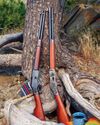
CIMARRON .32-20 Short Rifle & Carbine
In the heyday of Winchester Repeating Arms Company lever guns, it offered muskets, standard rifles, short rifles and saddle ring carbines.
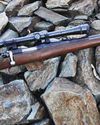
Remington's Model 722 and .222 Cartridge
It's easy enough to define what a varmint is, those pesky critters that tear up pastures, flower beds and all kinds of expensive crops people need for various reasons - most importantly, to make a living and/or something with which to feed themselves.

Coyote Bullets
What is Best for You?
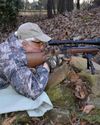
Remington's 5mm Rimfire Magnum
Shooting a Classic
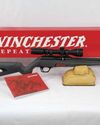
Winchester's New Wildcat
The Ultralight Rimfire Varmint Rifle
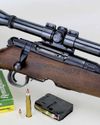
.223 Remington from .30-30 Winchester?
Multitasking for Varmints

LOADS FOR A .22 TCM
The .22 TCM first appeared commercially in 2012, chambered in a Rock Island Armory 1911-style handgun.
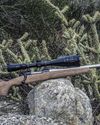
Everybody Loves Velocity
The 4,500-fps WSSM Project
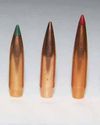
A BOLT-ACTION FRANCHI 224 VALKYRIE
Testing New Loads
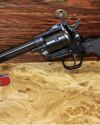
.22 Winchester Magnum Rimfire
Shooting Revolvers